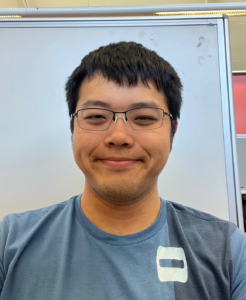Modern research is almost universally a team endeavour. In our group, we focus on fostering a culture where everyone feels valued, supported, and included. People are more important than results, everyone should aspire to a healthy work-life balance, and science should be fun. People of all backgrounds, identities, sexualities and genders are welcome, as long as they support each other, and love fluid mechanics at least half as much as we do!
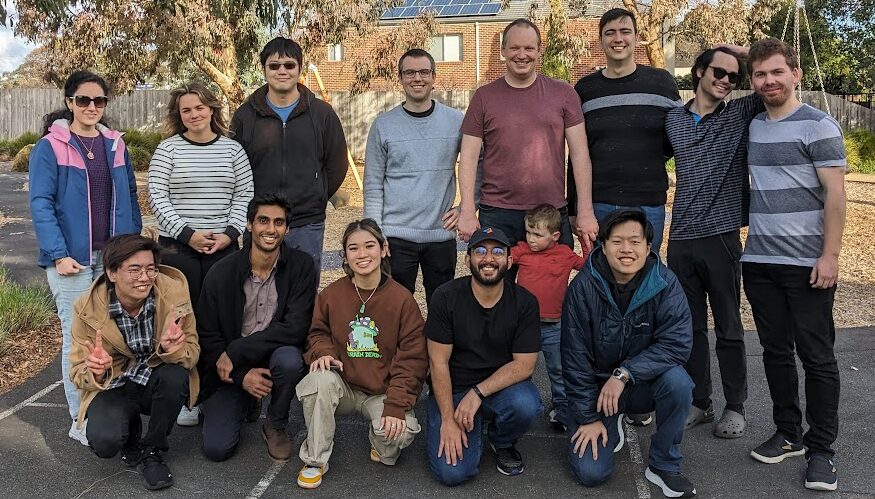
A snapshot of (some) of the team in 2023.
This page provides an overview of what some of my current team are working on, and where some former team members have taken the skills they developed working in our group.
ARC DECRA Fellow
Though previously listed as a postdoctoral research fellow, as of 2023 Dr. Nogueira has commenced his own research program funded through a prestigious ARC Discovery Early Career Research Award, which means I now need an entirely separate category here!
Dr. Petrônio Nogueira

Dr. Petrônio Nogueira joined us originally from the laboratory of André Cavalieri at Instituto Tecnológico de Aeronáutica in Brazil. Petrônio studied both free and wall-bounded shear flows during his PhD, with a particular focus on streak-like structures. During his time as a postdoctoral researcher in our group, he revolutionized our understanding of jet screech, providing answers to questions that have stood for more than seventy years. Our collaboration continues, but with Petrônio now the recipient of an ARC DECRA, he has a position at Monash in his own right, and we work as collaborators.
Postdoctoral Research Fellows:
Postdoctoral fellows not only bring a great deal of expertise and skill to the team, they also bring the perspective of someone trained in another laboratory. In our research group, most postdoctoral researchers are funded through Australian Research Council Discovery Projects.
Dr. Joel Weightman
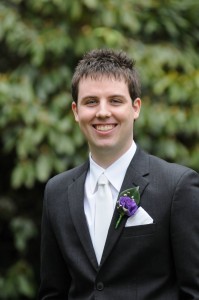
For his PhD, Joel studied the physics of supersonic jet impingement. Combining ultra-high-speed schlieren measurements with high-resolution PIV measurements, Joel identified a new mechanism of impingement tone production, in the form of a transient shocklet in the wall jet. For this contribution and several others, Joel was awarded the Bill Melbourne Medal for the top thesis in the Department of Mechanical and Aerospace Engineering.
Joel's thesis is entitled: "The Sound Production Mechanisms of Impinging Supersonic Jets"
After a time working as part of the aerospace startup NextAero, which he co-founded with Dominic Tan, Thomas Knast and Graham Bell, Joel has returned to act as our senior experimental postdoc, on a project funded by the US Office of Naval Research.
Dr. Soudeh Mazharmanesh
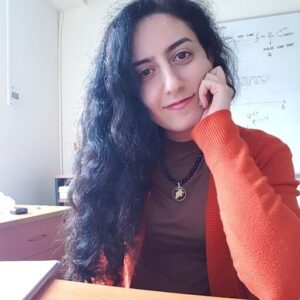
After completing her undergraduate studies in Iran, Soudeh completed her PhD at the University of New South Wales, and then her first postdoctoral placement at the University of Sydney. Having developed skills spanning experimental design, numerical methods, and data analysis, Soudeh joined our team part way through 2023. She now works across several projects related to jet noise, both in and out of the laboratory.
Soudeh's thesis is entitled: "Energy Harvesting of Inverted Piezoelectric Flags in Uniform and Oscillating Flows"
Doctor of Philosophy Graduates:
One of the great pleasures of PhD supervision is that the supervisory relationship begins with a student, and ends with a colleague. An equal pleasure is to see those colleagues go on to succeed.
Dr. Nicholas Mason-Smith
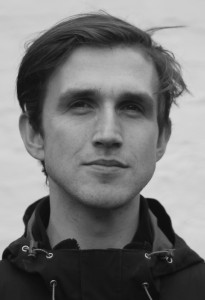
For his PhD program, Dr. Nick Mason-Smith conducted research into the fluid mechanics of asthma puffers. Using optical diagnostics, synchrotron measurements and numerical models, he increased our understanding of the factors that determine drug particle size and distribution in the spray from a medical inhaler.
Nick's thesis is entitled: "Application of synchrotron-based x-ray diagnostics for the investigation of pressurised metered-dose inhaler sprays."
Nick worked for a time as a postdoctoral researcher at RMIT, and now works as an analyst in renewable energy.
Dr. Dominic Tan
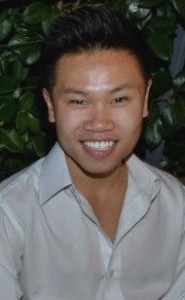
For his PhD, Dr. Dominic Tan studied mechanisms of broadband-shock-associated noise. He undertook part of his PhD at Queen Mary College, University of London, with Prof. Sergey Karabasov. As part of his research he developed new techniques to measure fluid density, and integrated experimental data into theoretical models for shock noise.
Dominic's thesis is entitled: "Aeroacoustic Analysis of Broadband Shock-Associated Noise Sources In Screeching Round Jets."
Dominic worked for a time as part of the aerospace startup NextAero, which he co-founded with Joel Weightman, Thomas Knast and Graham Bell. He is now in France working at The Exploration Company.
Dr. Graham Bell
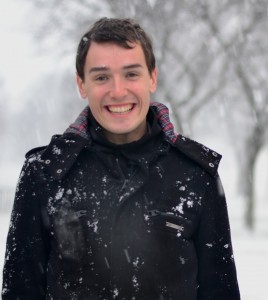
For his PhD, Graham studied noise mechanisms in high speed jets, with a focus on the interaction between multiple jet plumes. Using Particle Image Velocimetry, arrays of microphones, and a suite of sophisticated analytical techniques, Graham demonstrated that in some regions of operation the coupling between multiple jet plumes can become intermittent. Graham undertook part of his graduate study with Prof. Mo Samimy at the Ohio State University.
Graham's thesis is entitled: "Coupling of Underexpanded Twin Jets"
Graham is currently working as part of the aerospace startup NextAero, which he co-founded with Joel Weightman, Thomas Knast and Dominic Tan.
Dr. Tom Knast
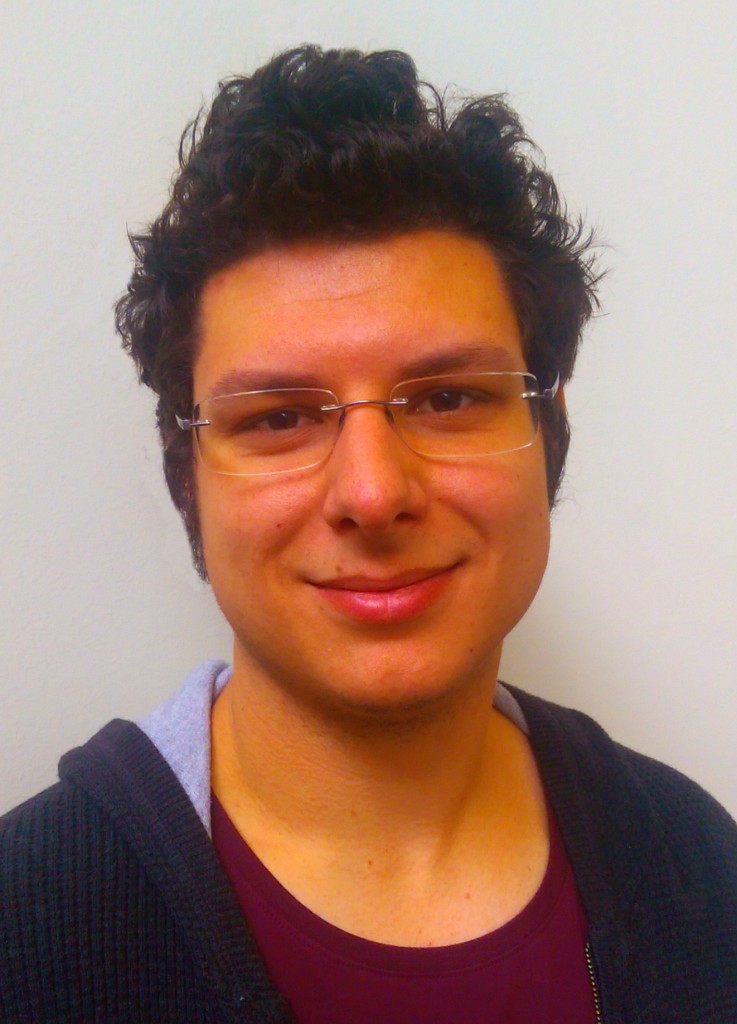
For his PhD, Tom designed, built and tested a supersonic blowdown tunnel. He used this tunnel to study the physics of sonic jets in supersonic crossflow - the mechanism that underlies fuel injection in scramjet engines.
Tom's thesis is entitled: "The Effect of Jet Exit Pressure on Jets in Supersonic Crossflow"
Tom is currently working as part of the aerospace startup NextAero, which he co-founded with Joel Weightman, Dominic Tan and Graham Bell.
Dr. Marcus Wong
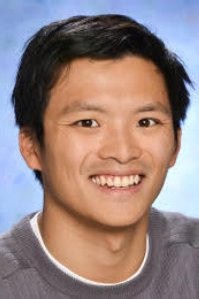
For his PhD, Marcus is studied the production of broadband shock-associated noise. His project included the design and commission of a new anechoic co-flow jet facility, as well as the acquisition and analysis of experimental data in that facility. Marcus was co-supervised by Prof. Peter Jordan at Institut P' in Poitiers; Marcus spent large fractions of his PhD working with Peter in Poitiers. During his PhD, Marcus developed a new model for broadband-shock-associated noise that produced unprecedented decibel-accurate predictions of sound amplitude. Marcus was awarded the Bill Melbourne Medal for the top thesis in the Department of Mechanical and Aerospace Engineering.
Marcus' thesis is entitled: "Wavepacket Modelling of Broadband Shock-Associated Noise in Supersonic Shock-Containing Jets"
Marcus is now a Senior Research Scientist at Defence Science and Technology Group.
Dr. Bhavraj Thethy
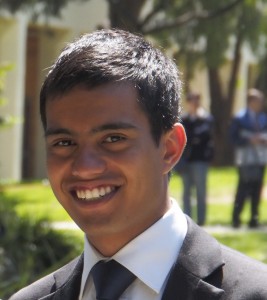
For his PhD, Bhav is studied the dynamics of transient shock-driven jets. The application of this work is in the development of pulsed-detonation-combustion engines, designed to offer less emissions and higher fuel efficiency than classical gas turbines. Bhav was co-supervised by Dr. Kilian Oberleithner at the Technical University of Berlin, where he spent a year of his PhD.
Bhav's thesis is entitled: "Dynamics of Transient Shock Waves in Detonation Engines"
Bhavraj is now in France working at The Exploration Company.
Dr. Michael Stavropoulos
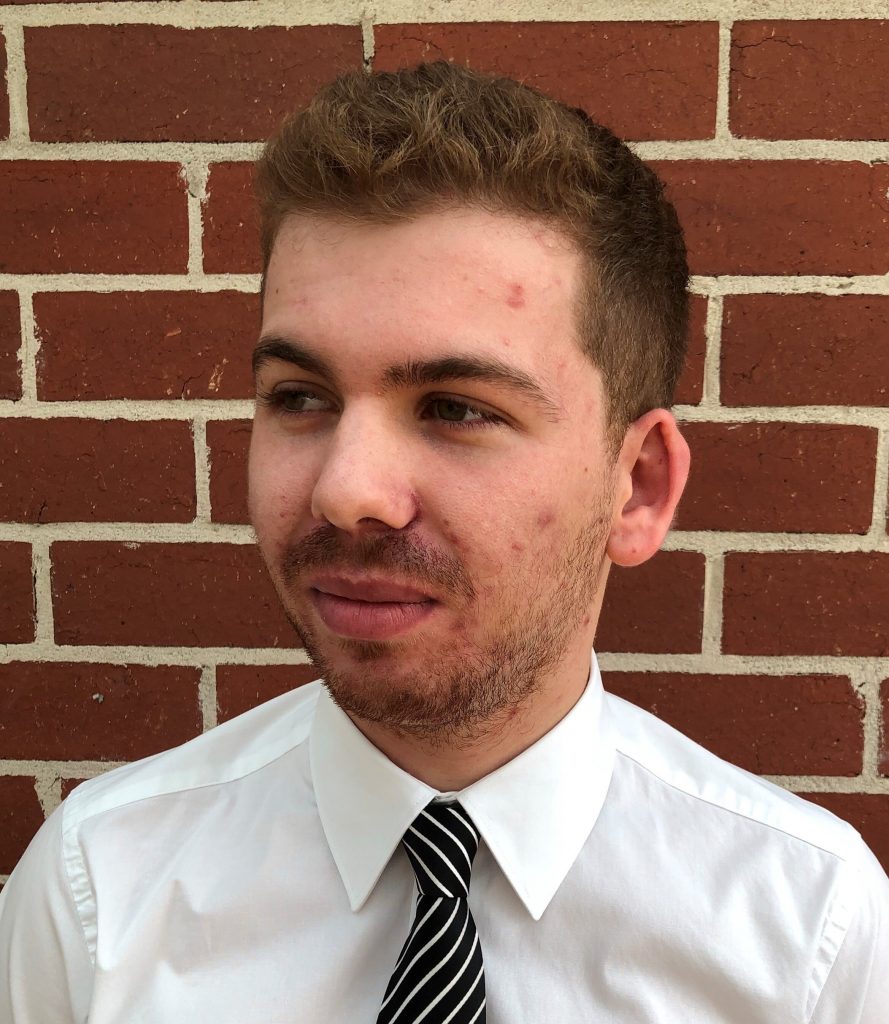
For his PhD, Michael used theoretical tools to study the coupling mechanisms of twin-jet systems. Michael was co-supervised by Dr. Petronio Nogueira, and Prof. Peter Jordan of the CNRS. Michael undertook a portion of his candidature in Poitiers, France.
With his PhD completed, Michael is commencing a postdoctoral research position at Institut P` in Poitiers with Prof. Jordan.
Graduate Research Candidates:
I have the great privilege to work with a group of talented, motivated graduate research students. In addition to the below-listed researchers, I also supervise approximately 6-8 final year undergraduate students on projects each year. If they want their photo on the webpage though, they will have to stick around for a PhD or Masters!
Ravee Sainia
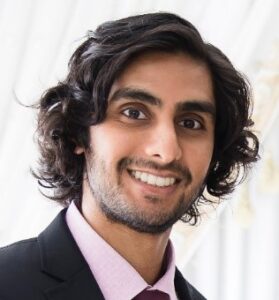
For his PhD, Ravee is studying the fundamental nature of jet noise, exploring high-fidelity numerical data through the use of advanced data decomposition and acoustic analogies. He is co-supervised by Dr. Petronio Nogueira and Prof. Peter Jordan of the CNRS in Poitiers, France.
Naia Suzuki
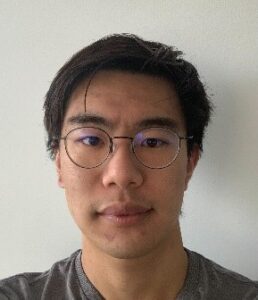
For his PhD, Naia is exploring the mechanisms of non-axisymmetric jets, attempting to understand some of their more peculiar behaviours such as "axis switching". His principal supervisor is Dr. Petronio Nogueira, and he is co-supervised by myself and Prof. Andre Cavalieri of ITA, Brazil.
Daniel Smith
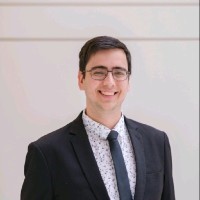
For his PhD, Daniel is developing novel means to use optical techniques to extract density fluctuations in high-speed jets. He is co-supervised by Dr. Callum Atkinson.
Jayson Beekman
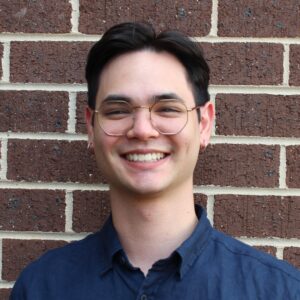
For his PhD, Jayson is studying whether the noise produced by placing a jet in close proximity to a wing can be mitigated by changing the shape of the nozzle. He is jointly supervised by Dr. Petronio Nogueira and Prof. Peter Jordan of the CNRS.
Jeremy Pryor
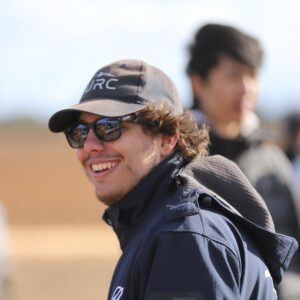
For his PhD, Jeremy is studying fuel-injection mechanisms for rotating-detonation engines. He is jointly supervised by Prof. Myles Bohon at the Technical University of Berlin, where he will spend part of his PhD.
Derrick Yang
Derrick is studying a Masters by Research, looking at optimizing fuel-injector designs for rotating-detonation engines. Unlike many of our research students, Derrick has returned after several years working in industry as a practicing engineer, rather than embarking on research directly from undergraduate study.
Grant Lu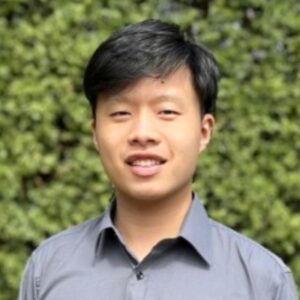
Grant is using theoretical tools to look at the stability of military-style rectangular jets for his PhD. He is jointly supervised by Dr. Petronio Nogueira.
